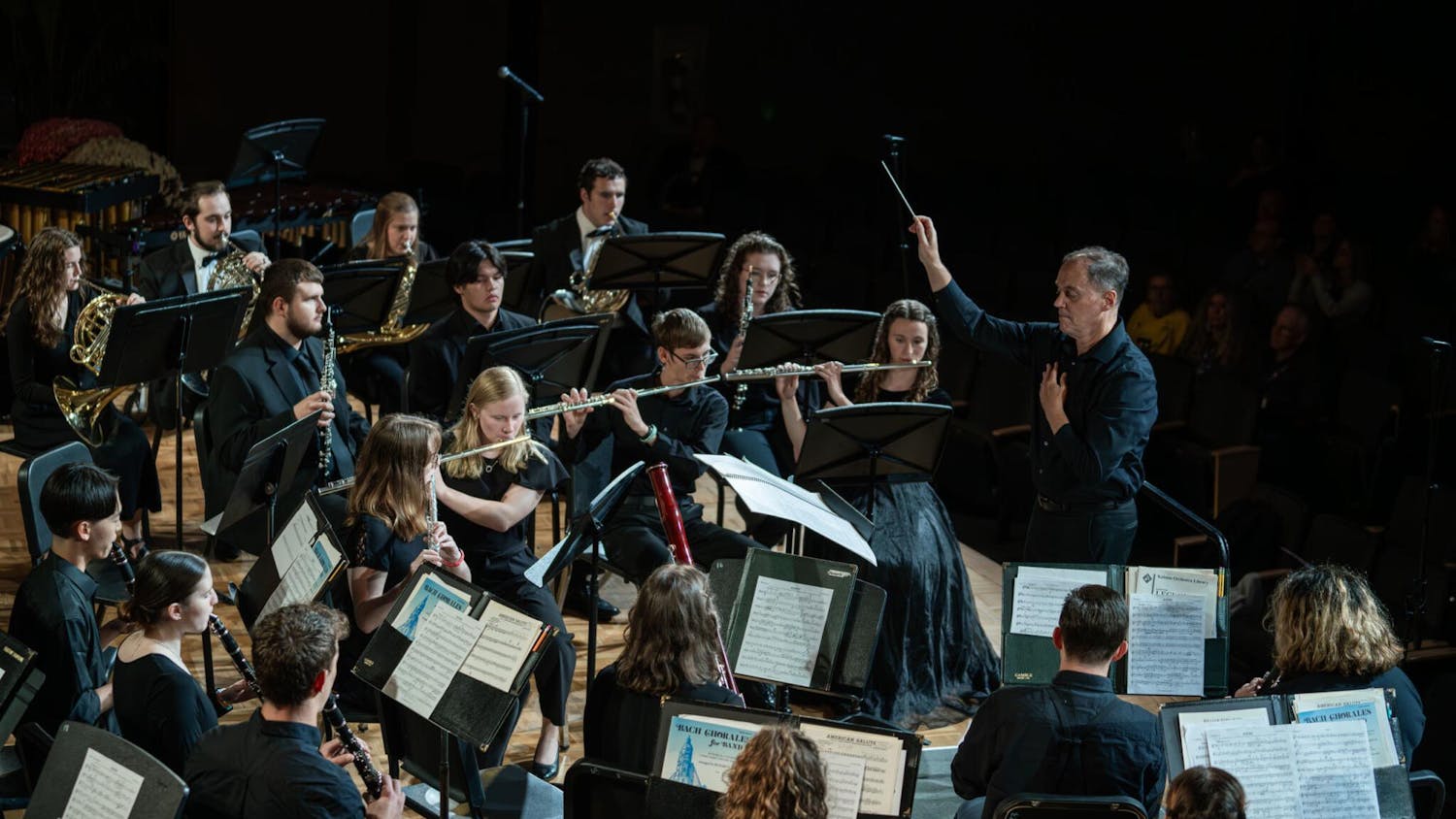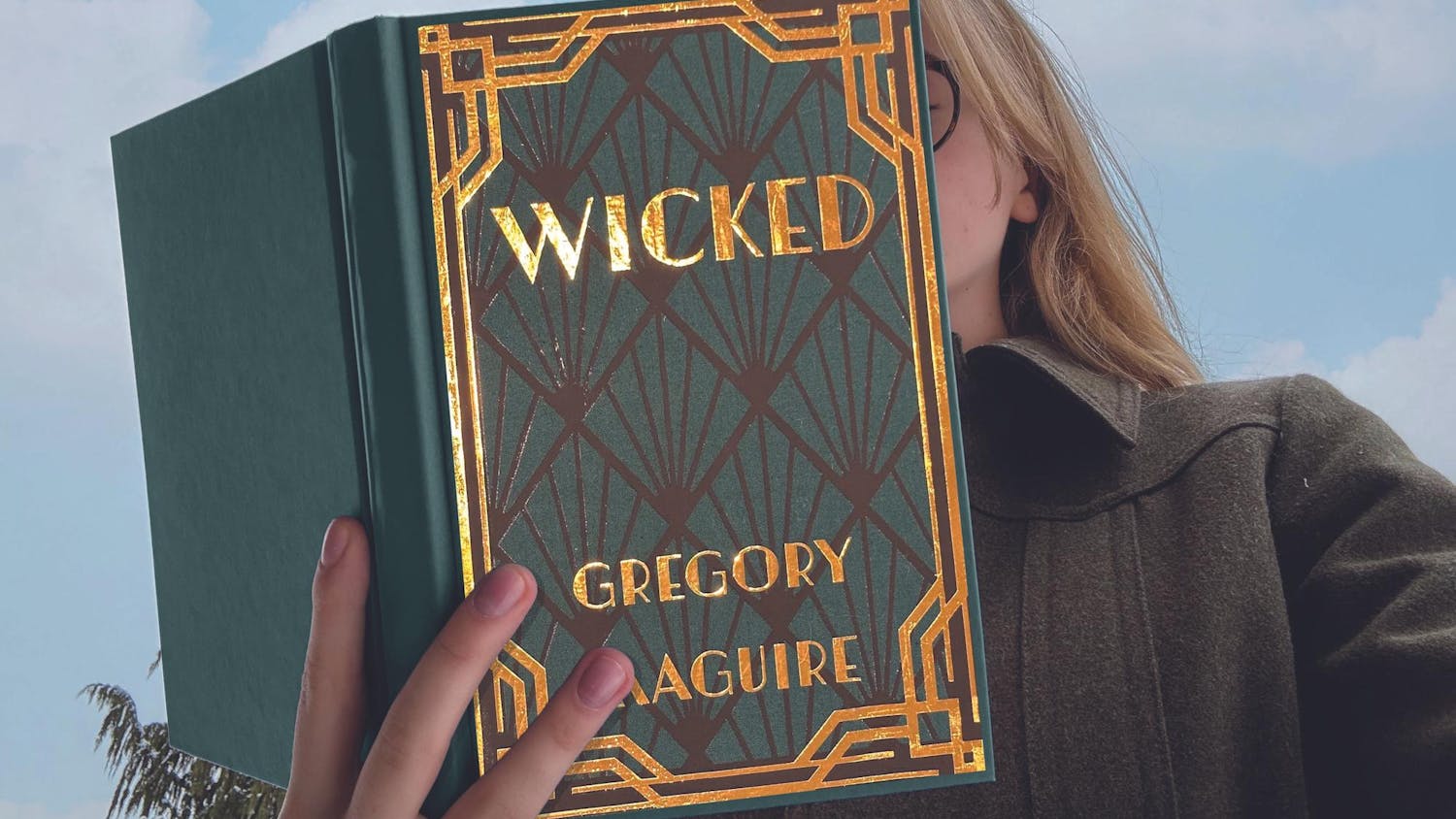“Video games are the pre-eminent art form of this century,” Brock Henderson, video game developer and designer, said.
He’s right.
Video games are an art that can tell amazing stories like no other medium can.
Over the past two decades, the reach of gaming has exploded. The Entertainment Software Association calculated that more than 66% of Americans play video games — that’s more than 200 million people in the United States alone.
Forbes reported that the 2022 Oscars hit 16.6 million viewers. The 2022 Game Awards broke 100 million views. Hundreds of millions of people wouldn’t tune into a three-hour video game award show if there wasn’t something special there.
Video games have evolved from a simple pastime to be spent with friends. It’s a chance for people to share their experiences, and for Henderson and many others, their faith.
Henderson has worked on a variety of games, from the 2011 mobile game Float with over three million downloads, to the 2016 Game Awards “Games for Impact” winner — That Dragon, Cancer.
He’s helped develop the most light-hearted of games and the most heart-wrenching.
Henderson sees video games as his mission field. His motto, “Love the player, love your team,” carries him as he helps many independent developers.
“(Video games can) go beyond entertainment and help meet people’s needs,” Henderson said. “Jesus came to give life abundantly. I think games naturally have the ability to meet those needs.”
Meanwhile, Sam Trudeau, a senior graphic art major with an illustration concentration at Taylor University, had the opportunity to work on game development during a summer internship.
Trudeau worked on a 2D platformer similar in the vein of the acclaimed Hollow Knight and designed upwards of 30 characters. He was involved in story work, character work and game design for over 12 weeks, which changed his perspective on gaming.
“It’s not just focusing on numbers and code, which is important and that makes a game beautiful, it’s about the person telling their own story by interacting with (a game),” Trudeau said. “Video games are a unique form of media, and shouldn’t be discounted. Video games are a fine art.”
Video games can contain orchestral scores from composers, they can tell engaging stories like a film and they can create beautiful pieces of art while still providing engaging gameplay. Whether it’s the biggest development teams at Nintendo, or a small indie team working long nights and weekends, the breadth of what a game can do is limitless.
The Legend of Zelda: Tears of the Kingdom revolutionized level design and game progression alongside a breathtaking art style and gorgeous musical score.
Alan Wake tells the story of an author using his writing to save himself and his wife from nighttime dangers, layering multiple forms of storytelling to immerse the player in the world he’s written.
Gris is the journey of a woman grieving the loss of her mother, told wordlessly with colorful levels, emotional music and simple platforming which culminates in a heartwarming story of love.
Joey Gorski, lab instructor in Taylor’s computer science and engineering department, has been playing video games since the early 2000s, and his love for the artistry in games is clear.
“Video games have that same quality (as movies), but enhanced,” Gorski said. “With a movie, you’re just looking, but with video games, you’re actually experiencing. It makes you feel something.”
Sure, games like Madden, Wii Sports, Just Dance and Rocket League may not fit the whole “pre-eminent art form” argument, but having some downright fun just promotes community with family and friends.
So take the advice of Na’vi from The Legend of Zelda: Ocarina of Time: “Hey! Look! Listen!”
Chances are, you’ll find something beautiful.




